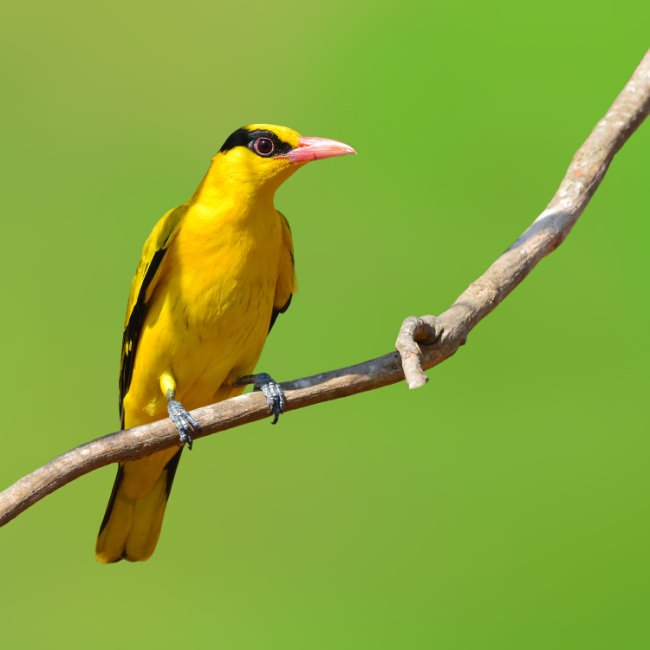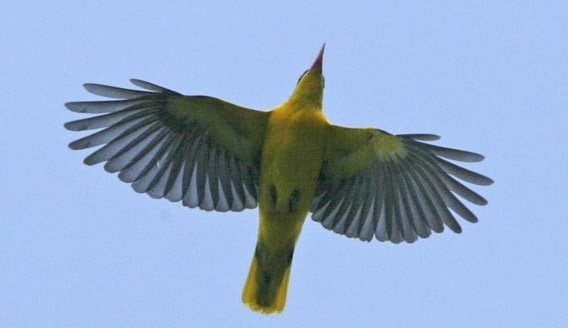I’ve written before about looking at groups of changing lines, and seeing how they point towards their changed hexagram – just as a single line would do. (I’ve just added all those posts to a series, so you can find them all easily.)
Here’s another for the collection: Hexagram 62, Small Exceeding, changing at lines 1 and 6 to Hexagram 30, Clarity.
‘Bird in flight means a pitfall.’
‘Not meeting at all, going past it.
Flying bird leaves.
Pitfall,
Rightly called calamity and blunder.’
The oracle of 62 mentions a bird that calls and flies, leaving the message that it’s more fitting to come down than to go higher, but these are the only two line texts to continue that image and mention a bird’s flight. Both are unfortunate; clearly, the bird would be well-advised to keep its head down.
Why is this Small Exceeding’s Clarity?
Hexagram 30 is the hexagram of lucidity and clear perception – the light of understanding and the capacity of a culture to sustain this (by tending to its cattle). 62, on the other hand, means staying small, attempting only small works, staying close to the ground. Hexagram 61, Inner Truth, impelled you out into the world, carrying what you know to be truth – but now you feel yourself dwarfed by a vast landscape.
Hexagram shapes
The contrast comes into focus when you look at the shapes of the hexagrams.
Hexagram 30 is the trigram li, fire, doubled:
![]()
Hexagram 61, Inner Truth can be seen as this same trigram, writ large:
![]() expanded from
expanded from ![]() .
.
But Hexagram 62 is the opposite of this: the expanded trigram kan – water, pits and dangers –
![]() from
from ![]()
Li and 61 contain an enclosed space, a place of safety. Kan and 62 reverse the pattern: their central yang line(s) are exposed to the air around them. Hexagram 30 can enjoy clear understanding; it could even develop a framework of learning that encompasses all that can be known. (The Dazhuan says that Fuxi probably got the idea to make snares and nets from Hexagram 30 – and it also says that Fuxi through his observations discovered the eight trigrams.) But in a time of Small Exceeding, when we need to reckon with the vast space beyond that self-contained realm of knowledge, Clarity is no basis for action now. It’s bad luck for the bird to fly.
The bird that should stay low
This all makes sense as far as it goes… but the really striking thing, for me, is that Hexagram 30 also represents the oriole – a bright golden bird. So, just as 38.5 changes to show you which ancestor has good teeth to bite through, it seems that 62.1.6 change to show you which bird should not take flight.
Here is oriolus chinensis, the black-naped oriole, in all its glory:

If you look at the markings on its head…

…and compare the trigram li …
![]()
(bearing in mind that yang lines represent brightness and yin is dark), it makes you wonder, doesn’t it?
As you can see, this is a spectacularly conspicuous bird. Perhaps it might blend in among sunlit leaves, but silhouetted against the sky it would be impossible to miss. Here it is in flight, with its bright body suspended between yin-dark wings…

(Original photo by Lip Kee Yap via Wikimedia Commons)
![]()








